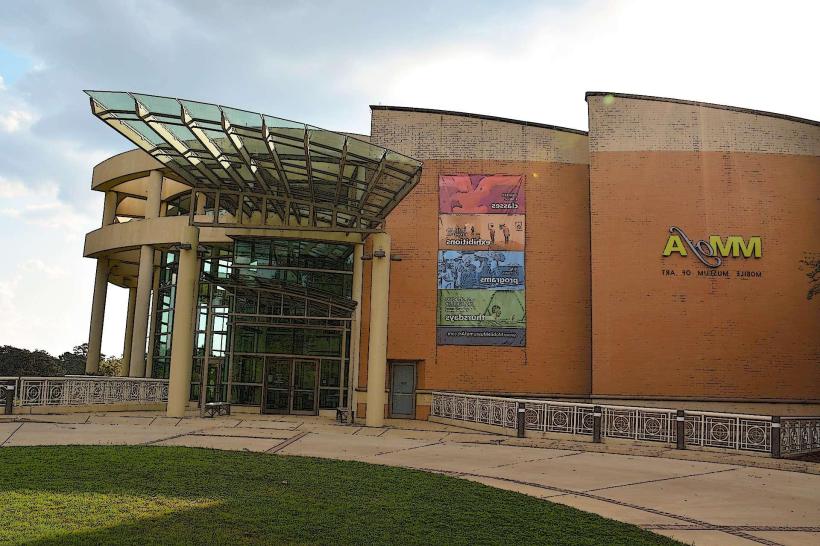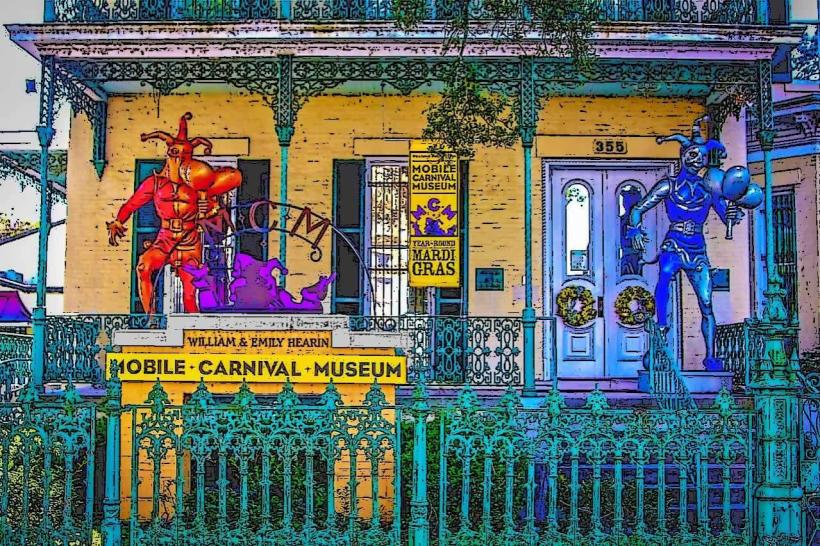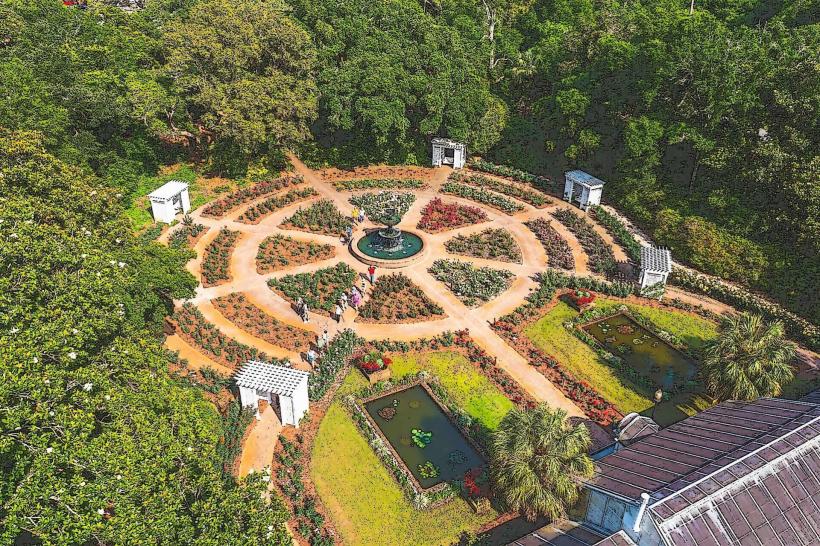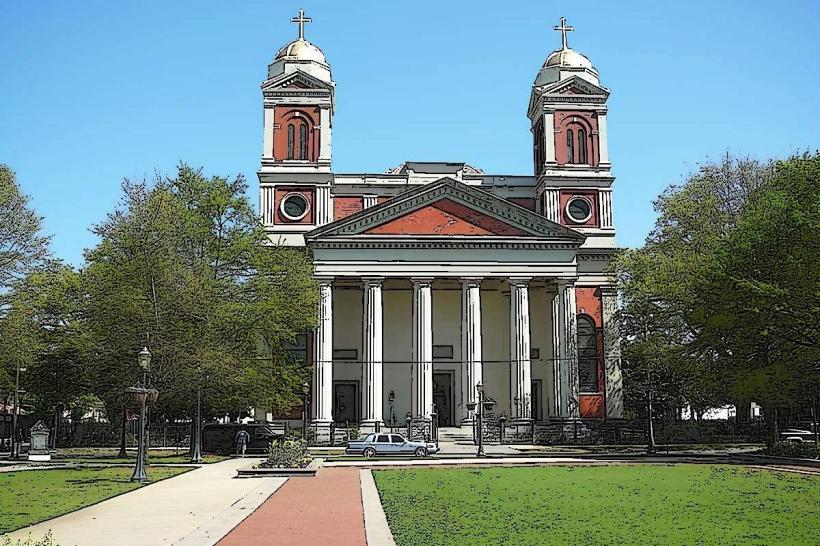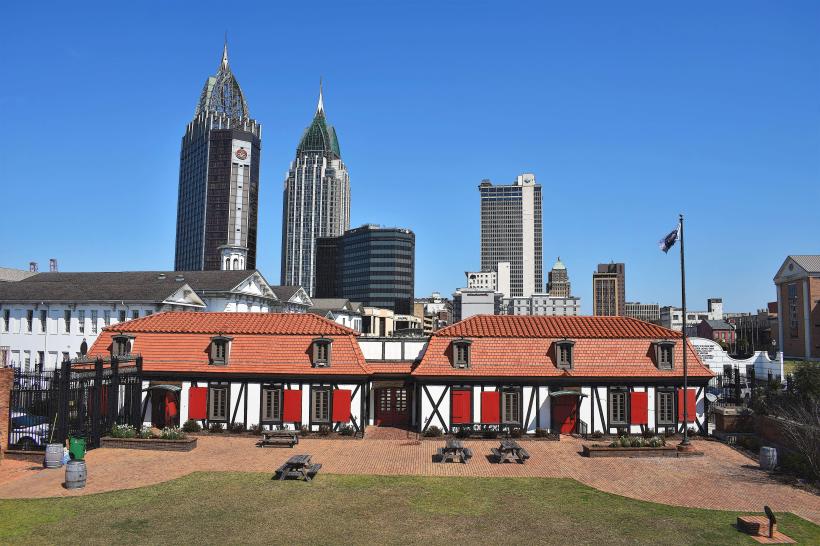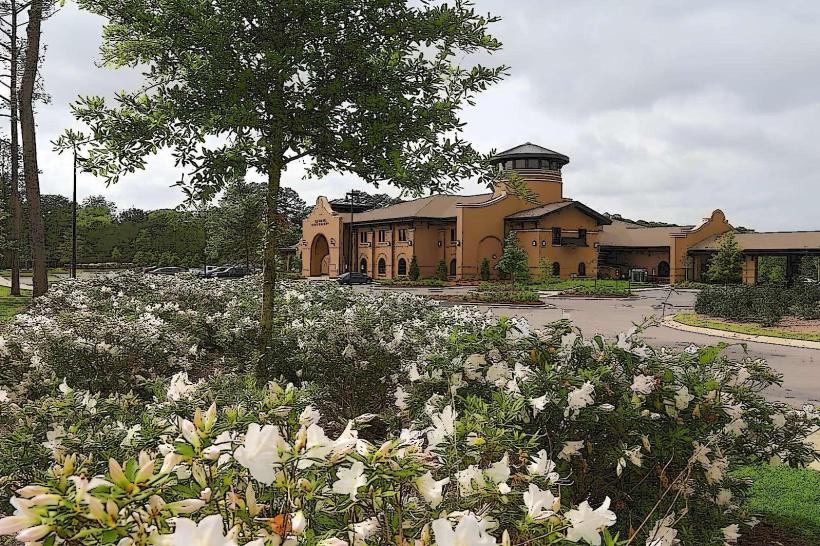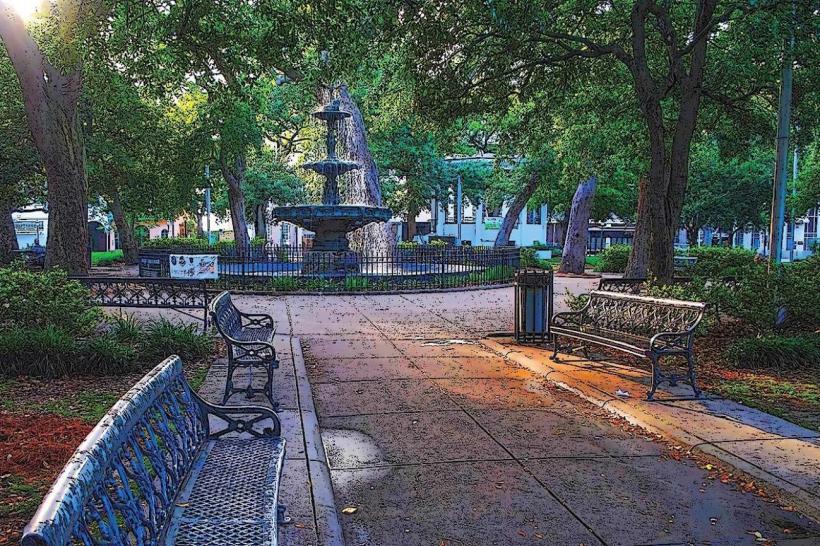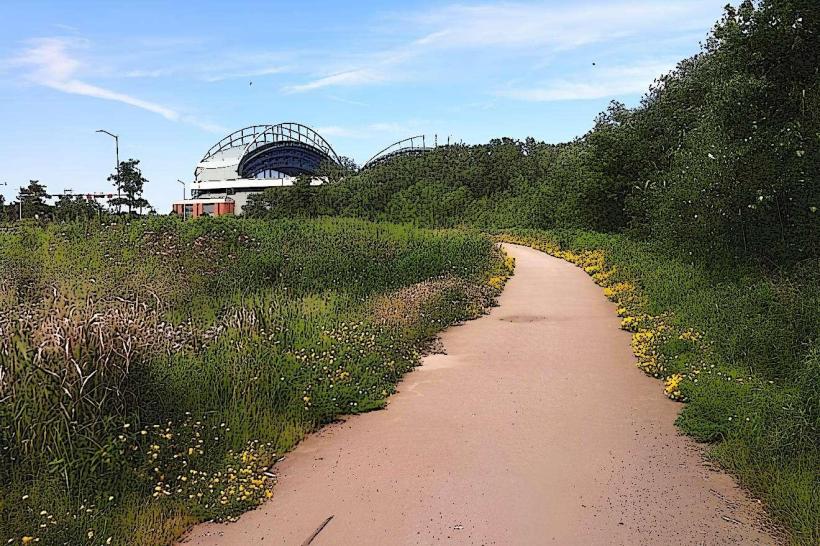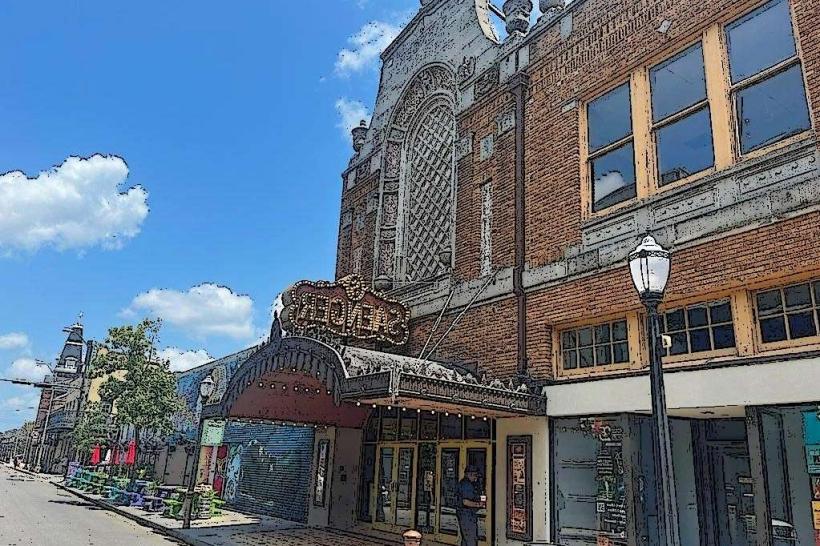Information
Landmark: Oakleigh Historic ComplexCity: Mobile
Country: USA Alabama
Continent: North America
Oakleigh Historic Complex, Mobile, USA Alabama, North America
The Oakleigh Historic Complex in Mobile, Alabama, is a premier example of antebellum Southern architecture and a key cultural landmark that showcases the lifestyle, design, and history of the Gulf Coast during the 19th century. It serves as both a museum and educational site, providing insight into Mobile’s social and architectural heritage.
History and Background
The centerpiece of the complex is the Oakleigh House, built in 1833 by James Roper, a wealthy merchant. The house is a Creole-style mansion reflecting the design traditions of the Gulf Coast, with influences from French, Spanish, and early American architecture.
Over the years, the property changed hands multiple times and was eventually preserved as a historic site to educate the public about antebellum life, architecture, and Mobile’s cultural development.
The complex now includes ancillary structures, gardens, and interpretive exhibits that provide context for the main house and its role in Mobile’s history.
Architecture and Layout
Oakleigh House features a classic Creole cottage style with a raised foundation, wide porches, and high ceilings, designed to accommodate the Gulf Coast climate.
The interior maintains period-appropriate furnishings, decorative arts, and architectural details, including original fireplaces, moldings, and woodwork.
Outbuildings include a carriage house, kitchen dependencies, and gardens that illustrate plantation-era domestic life and operations.
Educational and Cultural Role
The complex operates as a museum, offering tours that highlight 19th-century life in Mobile, the architecture of the Gulf Coast, and the stories of the families who lived there.
Special exhibits focus on regional crafts, social history, and preservation efforts, emphasizing both the wealth and social structures of the antebellum period.
The site hosts educational programs for schools, history groups, and visitors interested in historical architecture, landscaping, and Southern culture.
Gardens and Grounds
The gardens are an integral part of the complex, featuring period-appropriate plantings, walking paths, and shaded areas that reflect historic horticultural practices.
Native and ornamental plants are arranged to evoke the style and function of a 19th-century urban estate, providing a tranquil setting for visitors.
Visitor Experience
Guided tours of the house and grounds allow visitors to explore the architecture, furnishings, and historical narratives of the site.
The complex hosts seasonal events, lectures, and special programs that immerse visitors in Mobile’s cultural past.
Photography is generally allowed on the grounds, while the interiors are preserved to protect delicate furnishings and historical artifacts.
Cultural Significance
The Oakleigh Historic Complex preserves a critical piece of Mobile’s antebellum history, offering a tangible connection to the city’s 19th-century social and architectural heritage.
It serves as a model for historic preservation in the region, demonstrating how private homes and estates can be transformed into educational and cultural landmarks.
The Oakleigh Historic Complex provides a richly detailed window into Mobile’s past, combining architecture, gardens, and interpretive programs to create an immersive experience of Gulf Coast history and culture.

